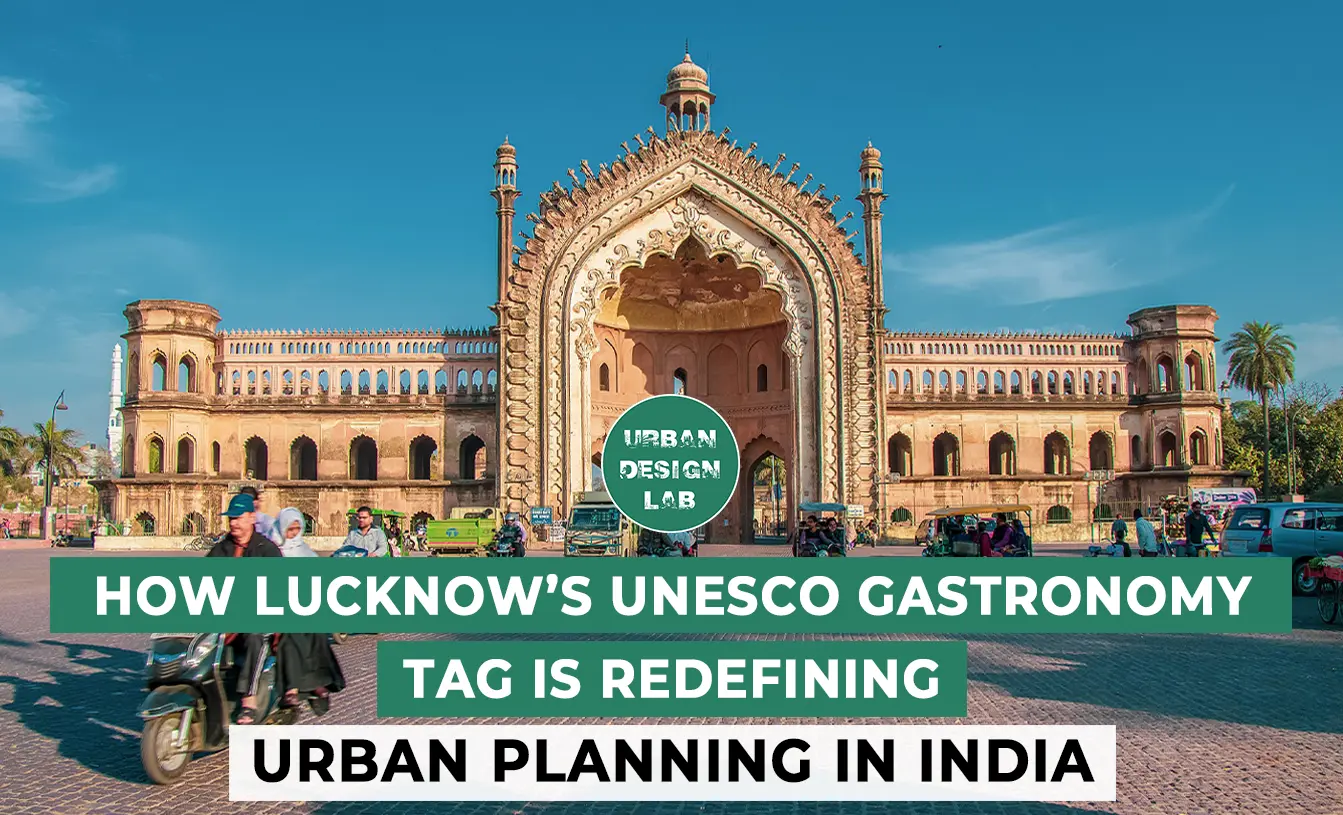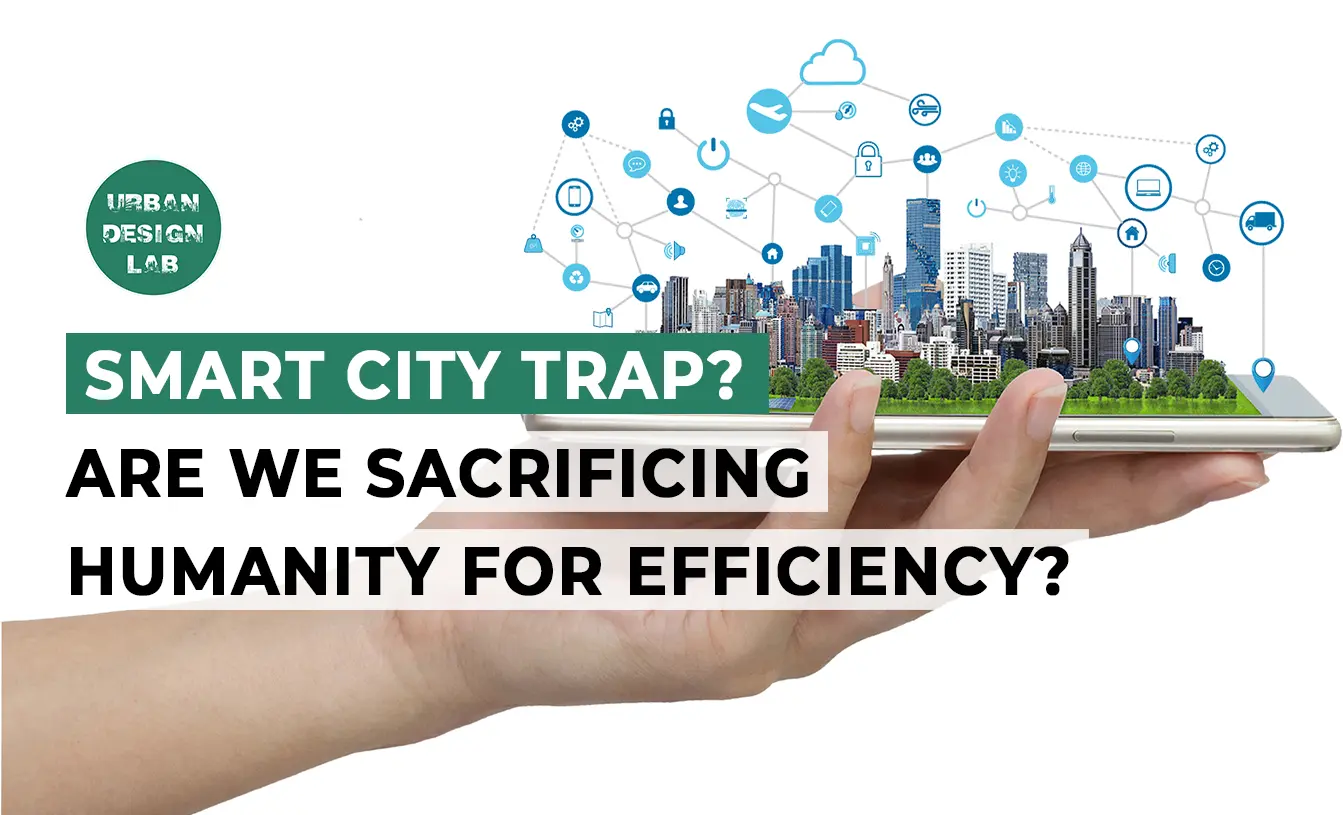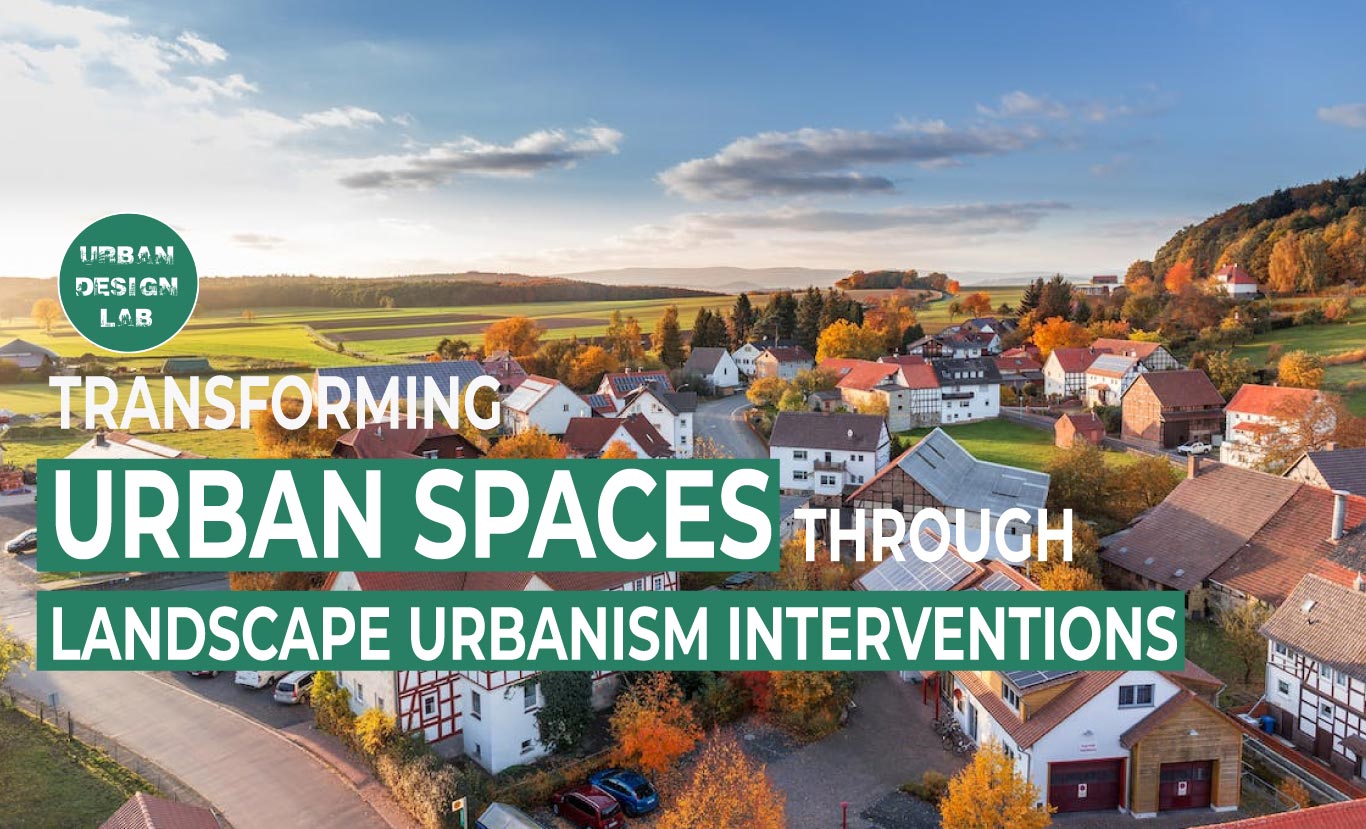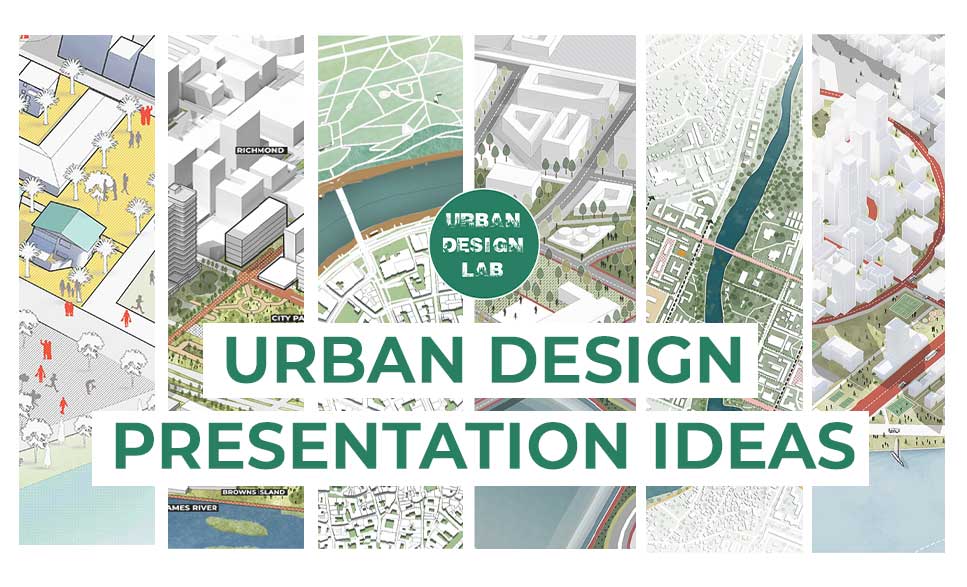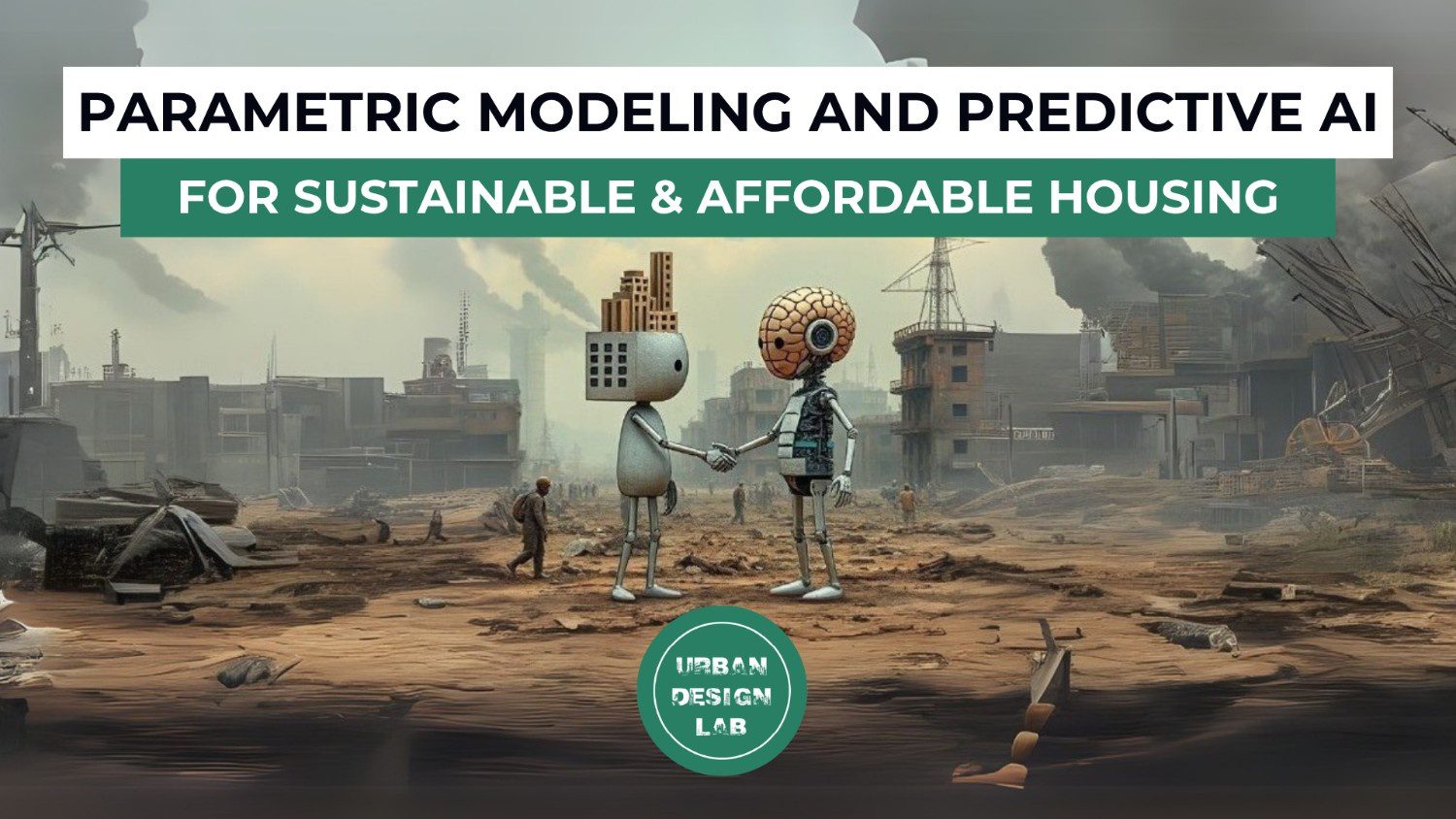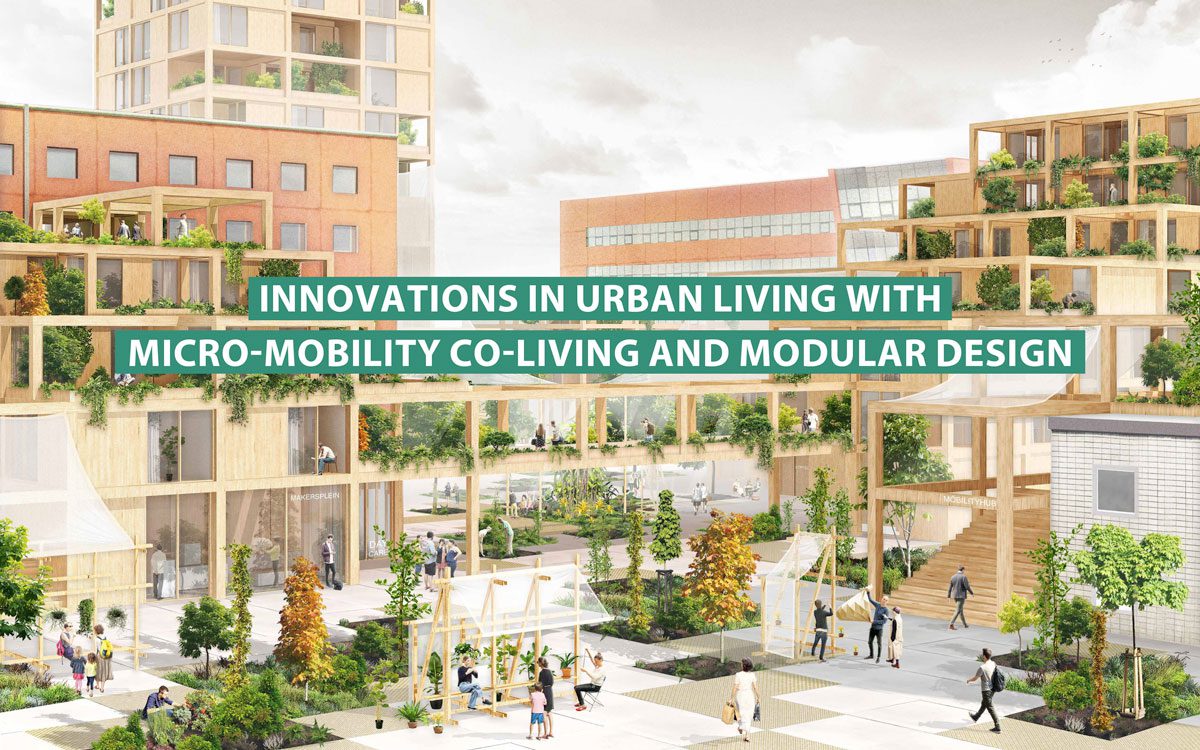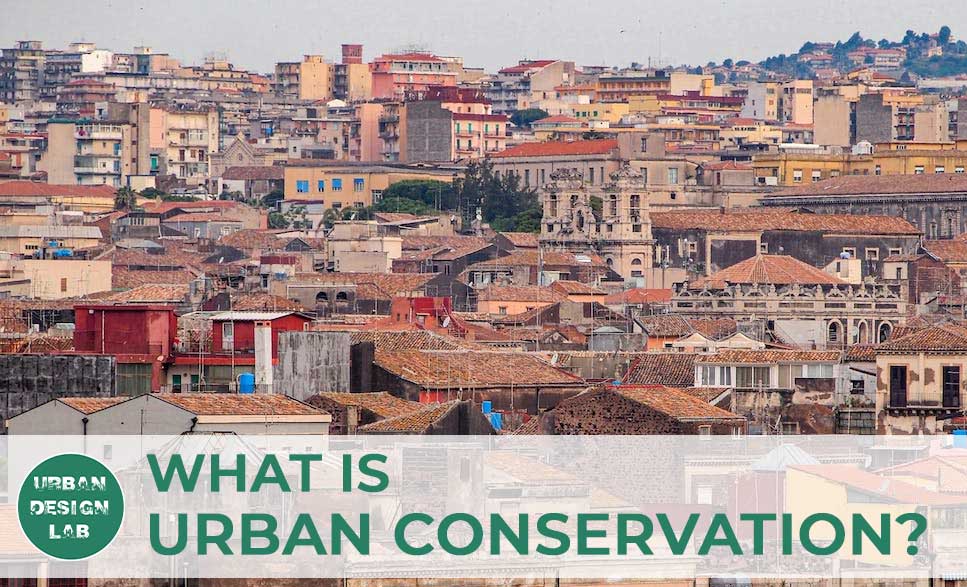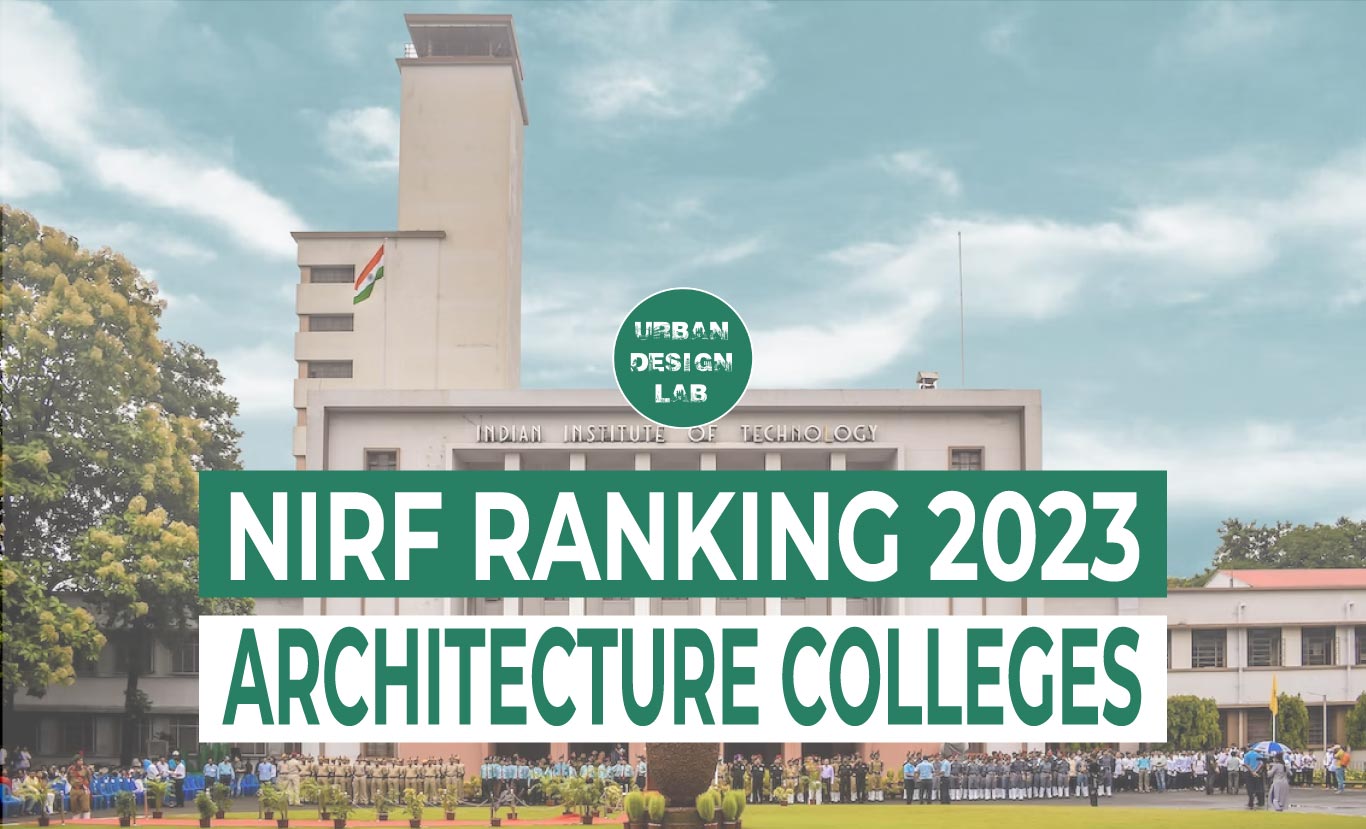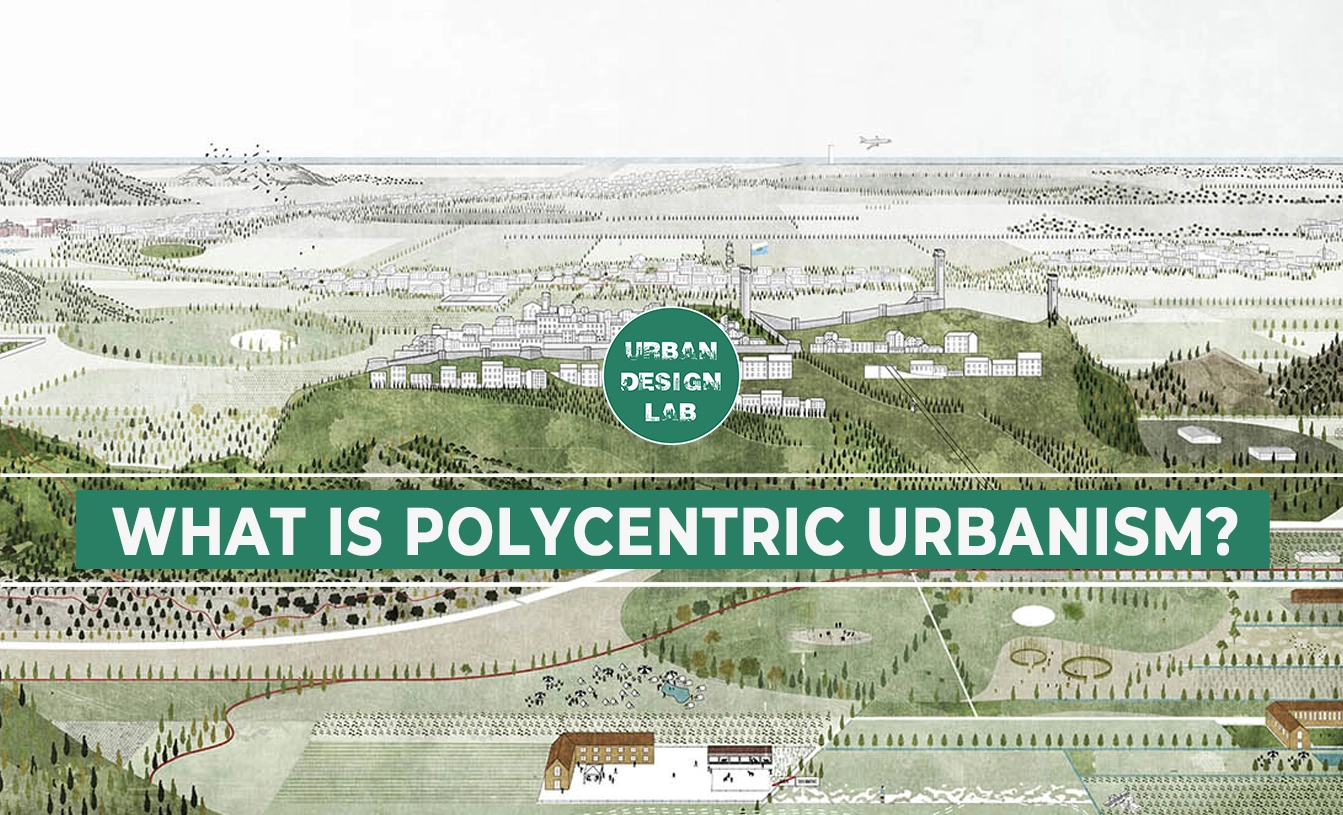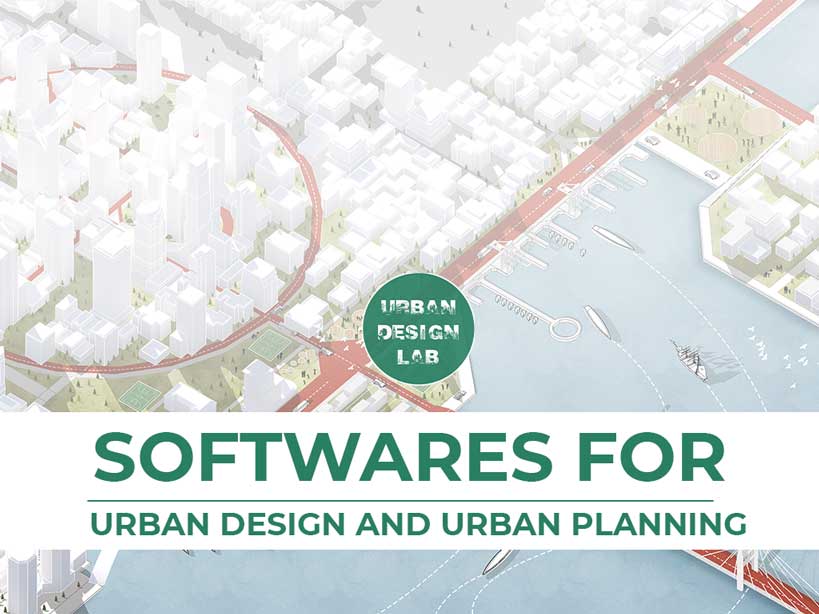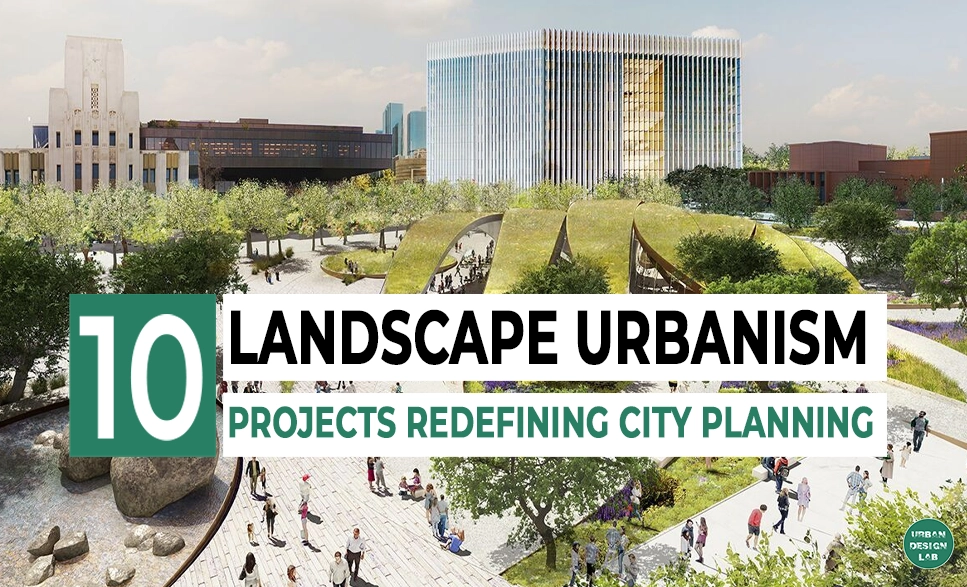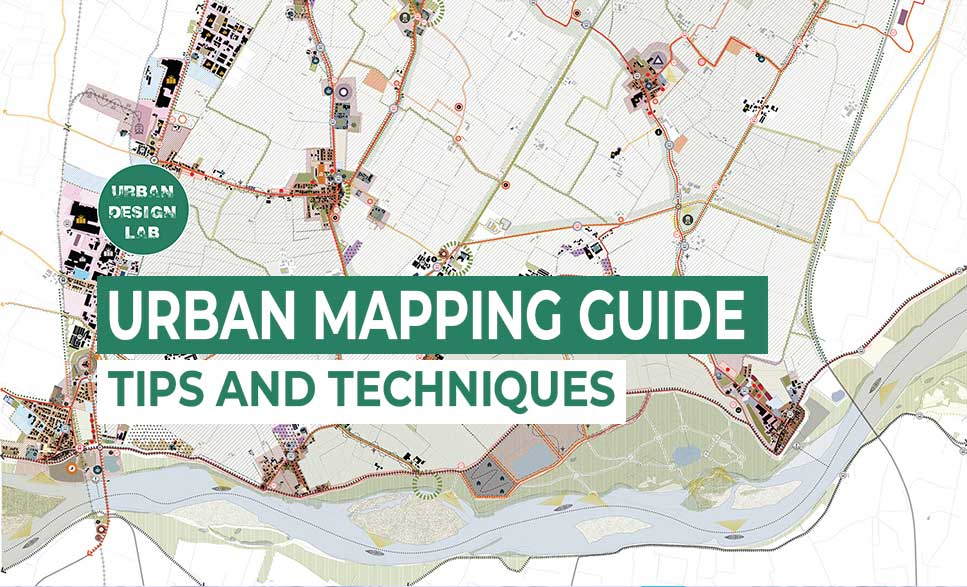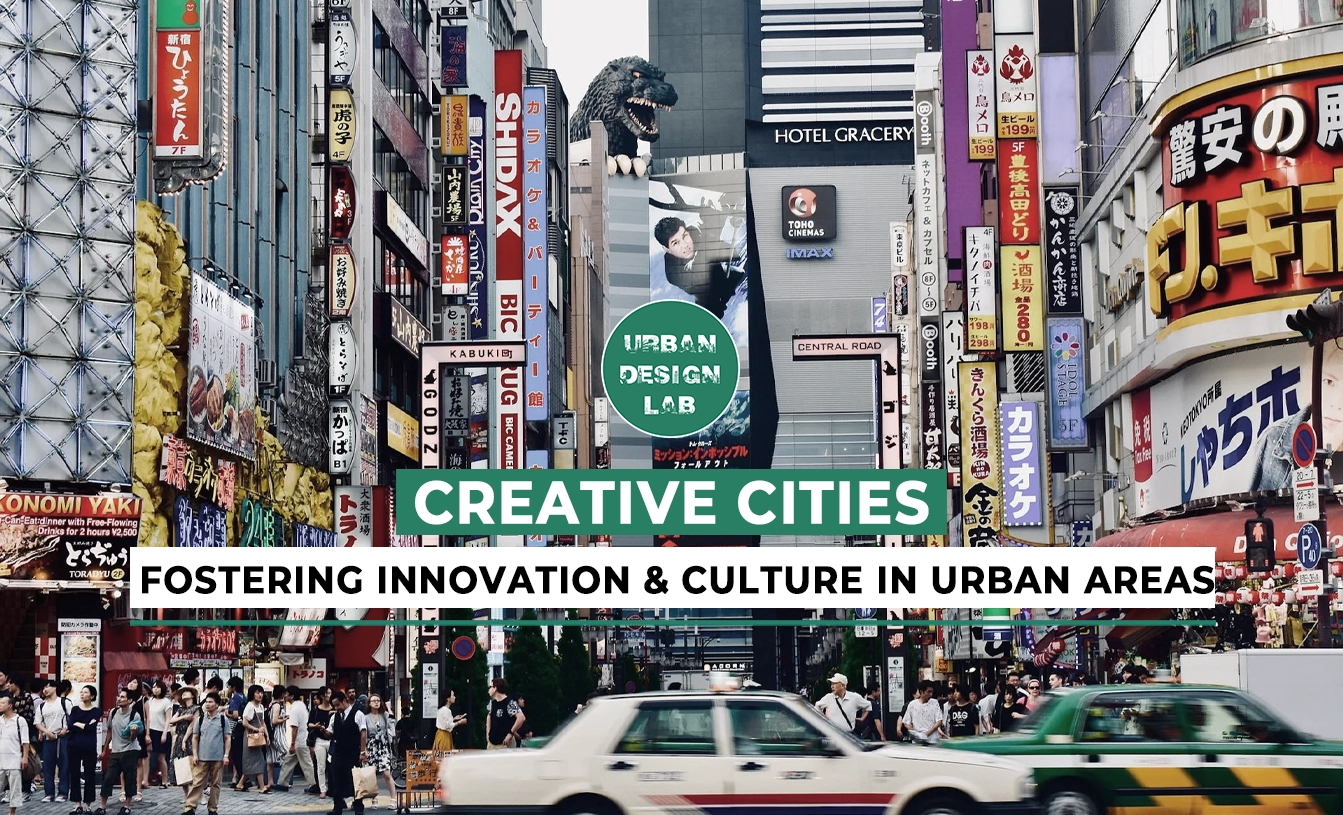
Tau Devi Lal Park, Sonepat: Analyzing Public Space Usage & Community Engagement

This study explores the significance of public spaces like Tau Devi Lal Park in Sonepat, emphasizing their crucial role in fostering community engagement and enhancing urban life.
“Public parks are not merely spaces for recreation but also essential for social interaction, environmental education, and community cohesion.”
Tau Devi Lal Park serves multiple functions:
- Daily Gathering Spot: It caters to joggers and families seeking a tranquil, healthful environment.
- Children’s Playgrounds: Providing safe areas for children’s play.
- Well-Tended Gardens: Offering aesthetically pleasing and well-maintained green spaces.
- Information Plaques: Educating visitors about the park’s features and flora.
- Educational Awareness Hub: Hosting workshops and school outings, transforming the park into an open-air classroom.
The park aims to create a nurturing environment where families can relax, learn, and connect with nature.
Challenges include litter, neglect, and encroachment by commercial activities. Opportunities for improvement exist through community initiatives such as “Adopt-a-Park” programs and clean-up drives.
The park illustrates the indispensable role of green spaces in enhancing city life. Despite rapid urbanization, there remains a vital need for natural and communal spaces.
Introduction to Tau Devi Lal Park: A Green Haven in Sonepat
Tau Devi Lal Park, located in Sector 7 of Sonepat District, Haryana, serves as a vital green space within the city. Named after Chaudhary Devi Lal, the esteemed former Deputy Prime Minister of India, the park extends beyond a mere area of greenery to become a dynamic community hub offering a respite from the hectic urban environment.
The park is distinguished by its expansive botanical garden, which features a diverse collection of flora, including native and exotic plant species. The integration of ponds and water features adds to the park’s serene atmosphere, supporting local wildlife and providing a peaceful retreat for residents. These elements contribute to the park’s role as a haven for nature enthusiasts and birdwatchers.
Tau Devi Lal Park exemplifies how urban green spaces can enhance community well-being. It offers a rare chance to engage with nature and participate in recreational activities amidst the urban landscape. The park’s pathways, green lawns, and shaded areas create an inviting setting for relaxation and social interaction.
Throughout the year, the park hosts a range of events that reflect and celebrate local culture and talent. These include regional festivals, folk art performances, music concerts, and art exhibitions. Such events foster community spirit and provide a platform for local artists and performers, enriching the cultural life of Sonepat.
The park also supports educational initiatives, offering environmental education programs and workshops for schools and community groups. These efforts promote awareness about sustainability and conservation, further enhancing the park’s role in the community.
Tau Devi Lal Park has evolved from a simple recreational space into a significant center for community engagement, environmental education, and cultural expression. Its influence on urban life in Sonepat underscores the importance of well-designed green spaces in fostering public well-being and community cohesion.
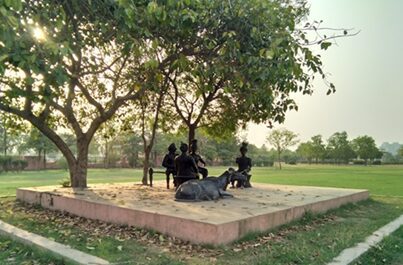
Public Space Usage: A Breath of Fresh Air
Its usage on a daily basis indicates its importance in the life of residents in Sonepat.
The park, with its natural beauty, acts as a lung for the city, offering the very much needed respite from urban pollution and noise.
- Healthy Hubs: Health-conscious people mostly prefer this park due to the availability of wide tracks and big lawns. Brisk walking, jogging, yoga, and meditation sessions are performed here. The park maintains its greenery well; it provides a serene atmosphere for overall wellness, allowing families who use this space for picnics to stay together.
- Safe and Enjoyable Space for Children: The playgrounds are the cynosure of every kid and offer them a harmless and safe place to enjoy their babyhood.
- Ecological Importance: It ensures the ecological prosperity of the region. In effect, the presence of diverse flora here provides a form of education on the importance of conservation.
- Aesthetic and Environmental Value: Well-maintained gardens and lawns add to the beauty of this park, which uplifts the spirits of every person who decides to enter. The aesthetic value, combined with the environmental value, make it one of the favorite green spot of people.

Source: Website Link
Community Interaction: The Heart of Social Life
- A Lively Community Hub- Tau Devi Lal Park holds significant value in the social life of Sonepat, functioning not only as a recreational area but also as a central point for social interaction within the city. It hosts a variety of activities such as early morning yoga sessions and evening cultural performances, which draw people together and foster a communal atmosphere.
- Creating Community Spirit and Interaction Spaces – The park’s design facilitates shared activities and experiences, helping to create a sense of belonging and unity that disrupts the monotony of urban life. Its inclusive environment welcomes individuals of all ages and backgrounds, making it a vital component of the city’s social fabric.
- Dynamic Social Events and Markets – Weekly markets and fairs contribute significantly to the park’s role as a community gathering place. These events attract a diverse array of vendors, customers, and families, transforming the park into a vibrant social hub. They offer opportunities to support local businesses and enhance resident interaction, further solidifying the park’s status as a dynamic social venue.

Environmental Education and Awareness
It Act as living classroom is what this park works as where the people get to learn and interact with nature.
- Plant species, their conservation, and greenery in urban areas are some of the aspects on which training sessions and workshops are regularly conducted in this park. This would, in turn, help in bringing awareness and helping people understand and appreciate environment concerns more.
- Designed in very historical char bagh type consist of monuments for sitting out, encourage the knowledge of ancient formal designing of gardens.
- Many educational field trips are often arranged in the park, where the students receive lessons in practical fields. These field trips help children observe and study nature in its raw form, which teaches them principles of ecology.
- Well-maintained gardens and notice boards help the visitors pick up knowledge about biodiversity, the conservation of plants, and sustainability in a rather ‘subtle’ manner.
Tau Devi Lal Park is more than a place meant for recreational use; it integrates environmental education into the gamut of services it provides. It actively builds environmental stewardship in the community and is an important resource in fostering ecological awareness for the promotion of sustainable practices.

Challenges and Opportunities in Park Management
Challenges:
- Litter and Neglect: They are harmful to aesthetic appeal and usefulness.
- Commercial Encroachment: Commercial use encroachment may conflict with the objective of the park as a green open space.
- Waterlogging/Maintenance Issues: During the rainy season, some parts of the park flood, consequently giving rise to high grass and mosquitoes.
- Inadequate facilities: A number of the visitors pointed out a lacking drinking point and washrooms, which might eventually ruin the experience altogether.
Opportunities:
- Inadequacies of Community Participation: Some of the issues circled on inadequacies of these issues reflect areas in which the community participation level can be improved. Plans for adopting “Adopt-a-Park” programs and community clean-up drive will effectively lead to the resolution of these matters.
- Local organization partnerships: For the management of parks, it would result in better upkeep and a sense of belonging among the residents.
- Visitor Experience Improvement: It can be continuously made to serve as a favorite green space for one and all by responding to the needs of users in terms of increasing amenities and doing proper maintenance.
By turning challenges into opportunities, Tau Devi Lal Park can maintain its role as a vital urban green space in Sonepat.
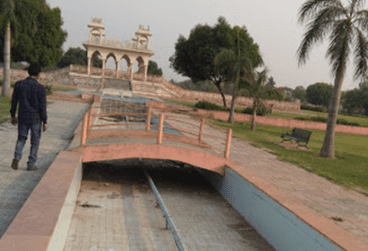
Conclusion - Tau Devi Lal Park as a Model for Urban Green Space
Tau Devi Lal Park is a potential example for urban green areas in order to improve the quality of life in a city. Beyond recreation, there’s life-a hub where community building, environmental & social cohesion come together in the highest pace of urbanization. The park is a place of tranquility where nature & society are in unity; it provides the residents with refuge from bzy urban life and, at the same time, forms social connections that cut across diverse categories.
It works as a model for urban space that shows how green open spaces can add value to features other than recreation. It is important to greening the community and offering sustainability along with social cohesion. Its success establishes that even with rapid urbanization, cities can still forge spaces where nature and community come together and thrive together.
It may inspire other that will not only be symbolic about nature but also for the benefit of people and the environment. Cities giving priority to the development and management of these areas, there is scope for improvement in the well-being of residents, thereby opening ways for a sustainable urban future.
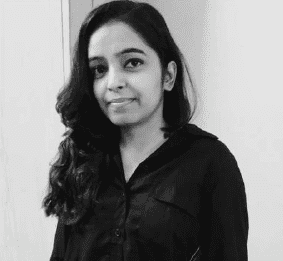
Meena Saini
About the Author
Meena is a dedicated architect and urban planner celebrated for her innovative and sustainable design approach. A young professional, she combines technical expertise with imagination and inquisitiveness. Known for her transparency and adaptability, Meena offers creative, unconventional solutions to urban challenges. Her modesty belies a fast learner committed to excellence. Focused on enhancing urban environments through thoughtful, sustainable design, Meena is dedicated to making a significant impact in her field.
Related articles


Architecture Professional Degree Delisting: Explained

Periodic Table for Urban Design and Planning Elements


History of Urban Planning in India
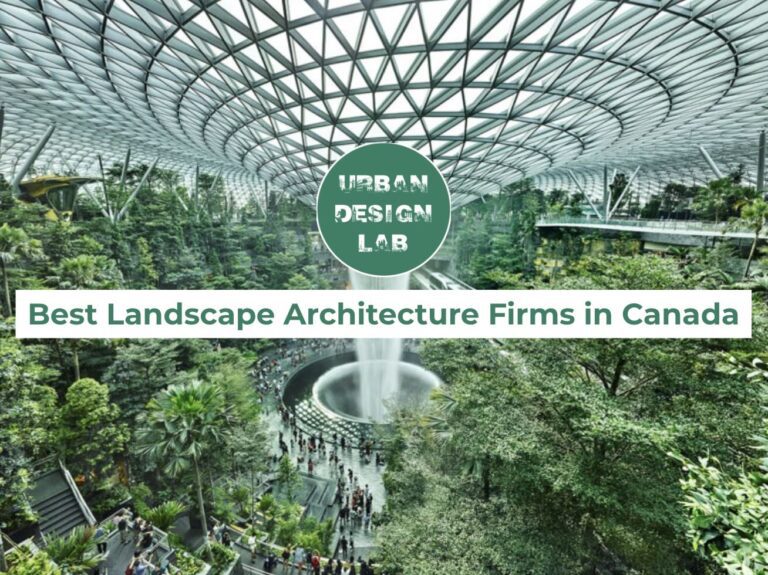
Best Landscape Architecture Firms in Canada
UDL Illustrator
Masterclass
Visualising Urban and Architecture Diagrams
Session Dates
17th-18th January 2026

Urban Design Lab
Be the part of our Network
Stay updated on workshops, design tools, and calls for collaboration
Curating the best graduate thesis project globally!

Free E-Book
From thesis to Portfolio
A Guide to Convert Academic Work into a Professional Portfolio”
Recent Posts
- Article Posted:
- Article Posted:
- Article Posted:
- Article Posted:
- Article Posted:
- Article Posted:
- Article Posted:
- Article Posted:
- Article Posted:
- Article Posted:
- Article Posted:
- Article Posted:
- Article Posted:
Sign up for our Newsletter
“Let’s explore the new avenues of Urban environment together “


























